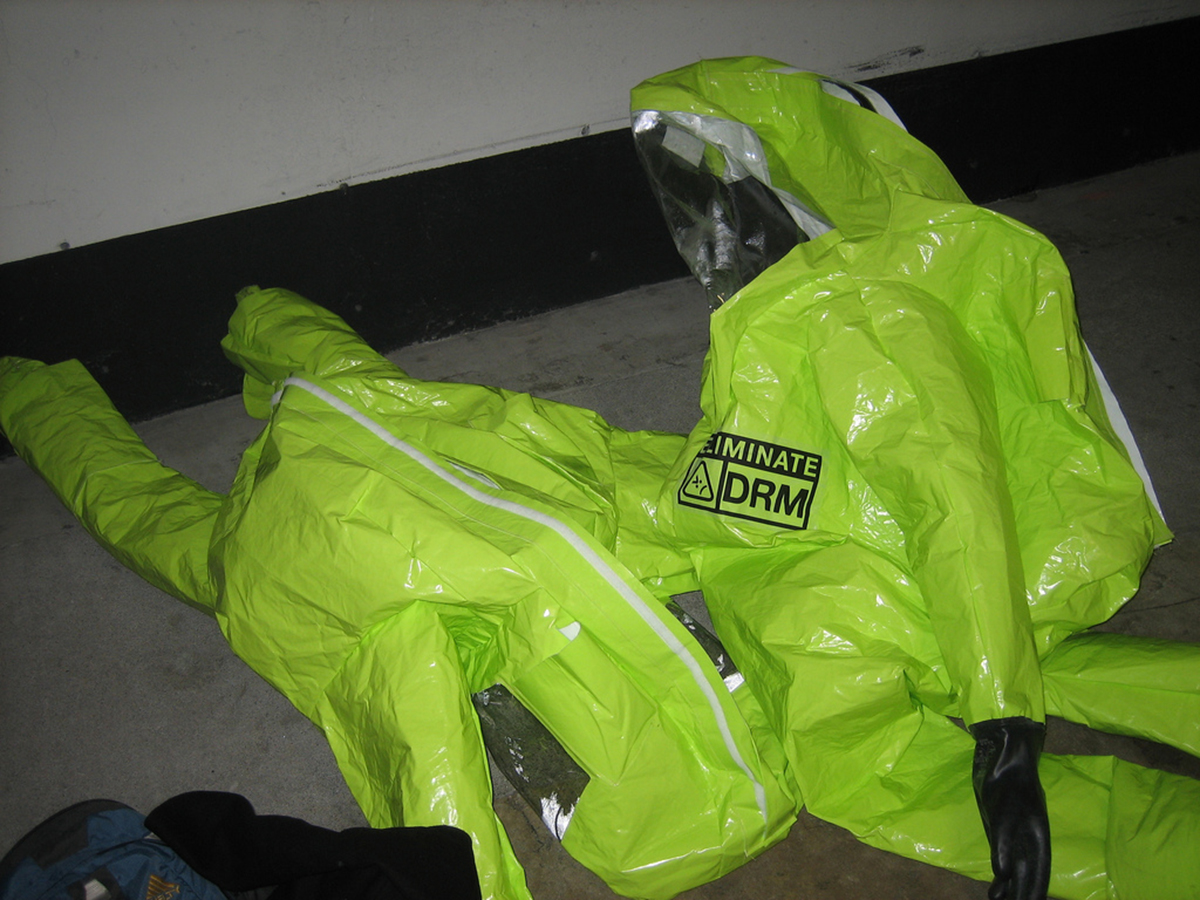Fueled by a nation-wide epidemic of prescription-medication abuse that has killed over 165,000 people since 1999, a new street drug is now taking America by storm. Fentanyl is a hard-core pain killer, an opioid used as a last resort in people suffering from extreme pain and that doctors certainly wouldn't hand out to just anyone without the most careful risk assessment. Even in the tiniest doses, fentanyl can be deadly to those who weren't already taking other opioid medications. Now, it's no longer confined to the cancer ward of your local hospital, but being sold on the streets, often with fatal consequences.
What do you need to know about fentanyl's rise in popularity?

What Exactly Is Fentanyl?
Fentanyl is a schedule II opioid drug that has been around since the 1960s. Chemically similar to other opioids such as heroin and morphine, it binds to the brain's opiate receptors. It also sends dopamine rushing into the brain's reward areas, resulting in very potent pain relief along with strong feelings of relaxation and euphoria.
In hospital settings, fentanyl is administered only to those who were already using other opioids — and for whom they were no longer working because they built up tolerance. The drug is generally prescribed to patients experiencing the most severe agony, but only for short periods of time, and is well-known as a medication that can help battle cancer pain. In this context, fentanyl — which goes by various trade names, including Actiq, Duragesic, and Sublimaze — is offered intravenously, as a nasal spray, skin patch, film that dissolves in the mouth, as lozenges, lollipops, and sometimes as pills.
When doctors prescribe fentanyl to patients in severe pain, they use the most extreme caution. They know, after all, that fentanyl comes with a huge list of side effects, including drowsiness and lightheadedness, constipation, trouble urinating, breathing difficulties, and skin reactions, as well as being highly addictive in nature. There are numerous contraindications, and fentanyl should not be used by those whose pain can successfully be managed using less potent medications, or those who have not been taking other opioid drugs already.
In the wrong hands, however, it has become something quite different — not a pain killer, but a murderer. CA State Senator Patricia Bates describes fentanyl simply as "get high and die".
How Did Fentanyl Become A Street Drug?
Illicitly-sold versions of deadly fentanyl first hit American streets in 2007. The US Drug Enforcement Administration (DEA) eventually tracked those sales down to a particular lab in Mexico — which was since successfully closed — but CNN reveals that much of the fentanyl that ends up in the hands of US drug dealers originates in China, reaching the US via Mexico or sometimes even in the mail after being bought on the "dark web". Indeed, the drug is nicknamed "China girl" and "China white" on the streets.

After the 2007 crackdown, fentanyl seizures went down for a while, but they have recently been on the rise again in 10 states. To drug dealers, fentanyl, which is sold as very pharmaceutical-looking pills on the street, is nothing short of a gold mine: drug dealers, the DEA says, purchase a kilo of fentanyl for around $3,300, but are able to sell it for 300 times that price.
To users, however, the drug is much more than highly addictive. Even the very smallest dose can send a user into respiratory arrest or coma within mere minutes. First-time users whose bodies are not already dependent on opioids are especially likely to suffer fatal consequences. Frighteningly, CNN reports that fentanyl-related deaths have shot up in recent years, particularly in Ohio, Florida, and Maryland. The DEA notes that four fentanyl-related deaths were reported in New Hampshire over a two-month period, 80 in six months in New Jersey, and 200 in Rhode Island and Pennsylvania over the course of 15 months.
'Fentanyl Is Everywhere Now'
"Everywhere from the Northeast corridor, down to New York, the Midwest and now we're seeing it here out on the West Coast. Fentanyl is everywhere right now," DEA special agent John Martin, from San Fransisco, told CNN. He added: "Just micrograms can make a difference between life and death. It's that serious. All you have to do is touch it. It can be absorbed through the skin and the eyes."
The DEA reports that, since fentanyl can be absorbed through the skin and eyes, effectively forcing its passive use on anyone who comes into contact with the drug, it is extremely hazardous for law enforcement officers to seize the drug. Only a level A hazmat suit, the same kind used to protect healthcare workers from ebola contamination, is good enough, something that does a wonderful job illustrating just what kind of danger those who may, sometimes unknowingly, be buying fentanyl as a "recreational drug" are facing.
California State Senator Patricia Bates, who represents South Orange County, is now trying to push through a bill that would punish high-volume sellers of the drug much more harshly. She told CNN: "We're talking about ... catching the big guys, because when you take them out of the food chain, you really do reduce the incidents of the trafficking and what's available on the streets."
READ My Child is a Crystal Meth Addict - How do I Help?
- Photo courtesy of Jonathan Silverberg via Flickr: www.flickr.com/photos/jonathansilverberg/9194590737
- Photo courtesy of Jonathan Silverberg via Flickr: www.flickr.com/photos/jonathansilverberg/9194590737
- Photo courtesy of openprivacy via Flickr: www.flickr.com/photos/bcatch/164400760


Your thoughts on this